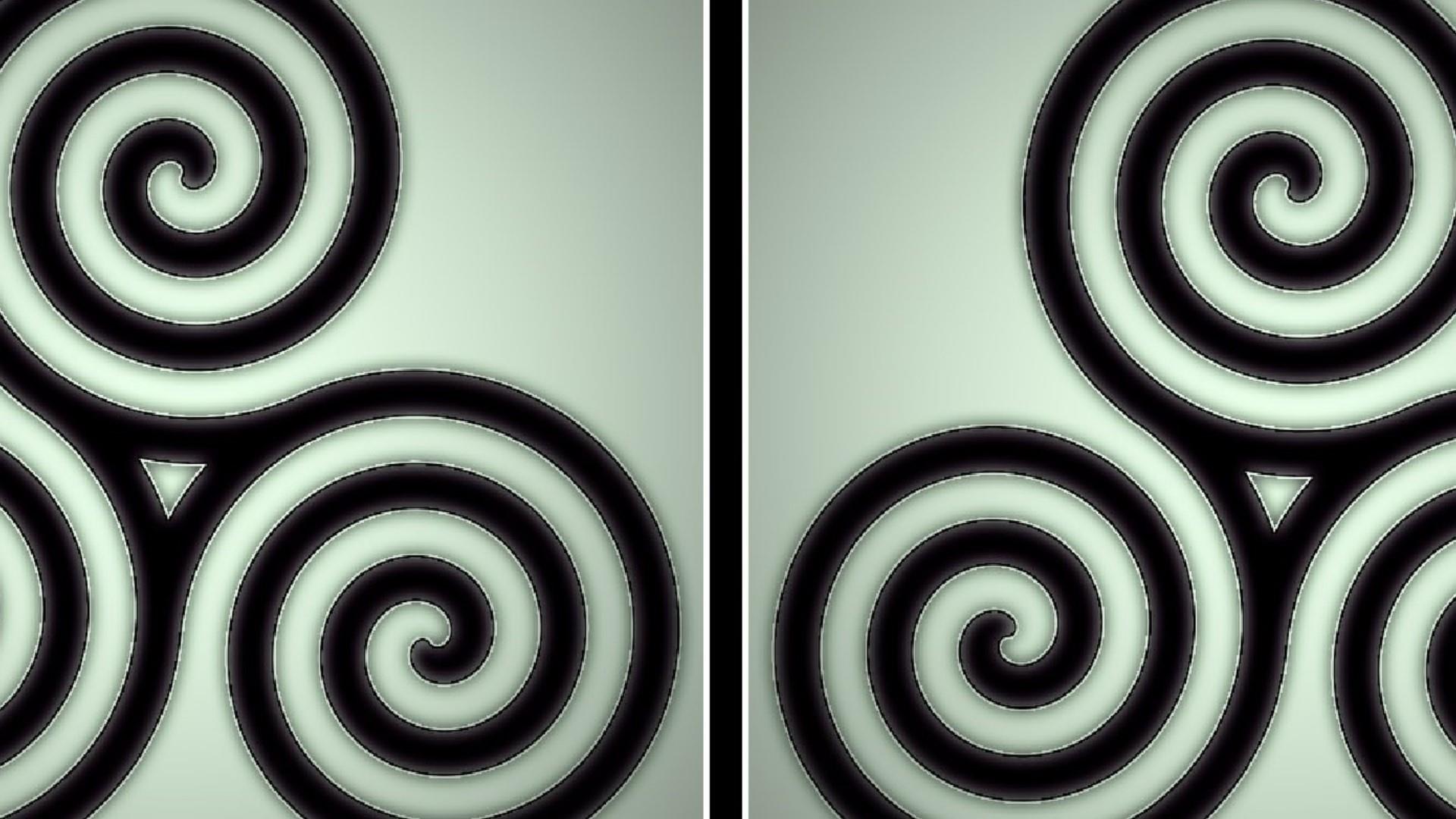
What Does 20/40 Vision Actually Mean? A Clear-Eyed Guide
Having 20/40 vision means that to see an object with the same clarity as a person with "normal" vision, you must be 20 feet away from it, whereas they could see it just as clearly from 40 feet away. In simple terms, your visual acuity (the sharpness of your vision) is about half that of a person with 20/20 vision.
It's a bright and sunny Thursday morning here in Indonesia, and the world is in sharp focus... or is it? Many of us have had that familiar experience. You're sitting in a chair at the optometrist, maybe at a place like Optik Melawai or a local clinic, with one eye covered. You’re squinting, trying your best to read the smallest line of letters you can make out on that glowing chart across the room.
At the end of the exam, the doctor flips down their little lens machine and gives you a set of numbers, like "20/40." You nod your head as if you understand, but in reality, you're probably thinking, "Is that good? Is it bad? Does this mean I need those fancy new glasses I saw in the display case?"
That fraction, known as a Snellen fraction, can seem like a confusing piece of code. But it's actually a very simple and elegant way of measuring how sharp your vision is. Let's break down exactly what 20/40 vision means for you and your eyes.
The Star of the Show: The Snellen Eye Chart
To understand the numbers, you first have to know where they come from. The classic eye chart with the big "E" at the top was developed way back in the 1860s by a Dutch eye doctor named Herman Snellen. His system was so effective that it's still the standard for measuring visual acuity today.
Here's how his fraction works:
-
The Top Number (Your Distance): The top number in the fraction is almost always 20 (or 6 if you're using the metric system, for 6 meters). This number represents your distance from the eye chart during the test. The standard testing distance is 20 feet.
-
The Bottom Number (The "Normal" Distance): The bottom number represents the distance at which a person with "normal" eyesight can read the same line of letters that you are reading.
Breaking Down the Numbers: What Your Vision Score Means
Once you understand the top/bottom number system, decoding your score becomes easy.
-
20/20 Vision (The "Normal" Baseline): This means that you, standing at 20 feet, can clearly read a line of letters that a person with normal vision is also expected to read from 20 feet away. It’s not "perfect" vision, but it's the standard for normal visual sharpness.
-
20/40 Vision (Our Topic): This means that you, standing at 20 feet, can only clearly read a line of letters that a person with normal vision could easily read from 40 feet away. Objects need to be twice as close, or appear twice as large, for you to see them with the same clarity.
-
20/100 Vision: This means that you, at 20 feet, can only make out the big letters that a person with normal vision could see from 100 feet away.
-
20/15 Vision (Better than "Normal"): This means that you, at 20 feet, can read a line of very small letters that a person with normal vision would have to move closer, to a distance of 15 feet, to be able to read. Many young, healthy people have vision that is slightly better than 20/20.
The Zoom Lens Analogy: Think of 20/20 vision as your eyes having a standard 1x camera lens. To see a sign 40 feet away, you just look at it. If you have 20/40 vision, it's like your eyes' natural lens is permanently stuck at 0.5x zoom. To see that same sign just as clearly, you have to walk halfway there, to the 20-foot mark.
What Does 20/40 Vision Look Like in the Real World?
So, what does this mean for your day-to-day life? A person with uncorrected 20/40 vision would likely experience the world with a slight lack of sharpness. This is generally considered a mild level of vision impairment.
You might find that:
-
Reading road signs while driving is difficult until you get quite close to them.
-
Seeing the whiteboard or a presentation screen clearly from the back of a classroom or conference room is a struggle.
-
Recognizing a friend's face from across a wide street is more about guessing than seeing clear features.
-
Watching a live sports game or a movie in a large theater might seem a bit blurry or lacking in fine detail.
-
You find yourself squinting frequently to try and bring things into focus.
The Big Question: Do I Need Glasses with 20/40 Vision?
This is where the numbers meet the real world. The answer is almost always yes, you likely need and would greatly benefit from corrective lenses.
The Legal Driving Limit
One of the most important benchmarks for vision is the legal requirement for driving. In most states in the U.S. and many other countries, you must have vision that is 20/40 or better in at least one eye to drive without restrictions. This means a person with 20/40 vision is right on the edge of the legal limit. To ensure your safety and the safety of others, an eye doctor will almost certainly recommend glasses for driving.
It's All About Function and Comfort
Even if you're not driving, the decision to get glasses comes down to your quality of life. Are you getting headaches from constantly straining your eyes? Is your performance at school or work suffering because you can't see clearly? Does the world just seem a little bit fuzzy?
If the answer to any of these is yes, then a pair of glasses or contact lenses is the simple solution. A correct prescription from an optometrist can very easily correct 20/40 vision and bring your visual acuity back to a crisp and clear 20/20.
A Quick Note on "Perfect Vision"
It's important to know that 20/20 vision is not "perfect" vision. It is simply a measurement of your visual acuity, or the sharpness of your vision at a distance. A comprehensive eye exam checks for many other crucial aspects of eye health, including:
-
Peripheral (side) vision
-
Depth perception
-
Color vision
-
Eye coordination and focusing ability
-
The physical health of your eyes, checking for diseases like glaucoma, macular degeneration, and cataracts.
You can have 20/20 vision and still have other serious eye health issues. That's why regular eye exams are so important.
The Bottom Line
If your optometrist tells you that you have 20/40 vision, there's no need to worry. It's a very common finding that simply means your eyesight isn't as sharp as the standard baseline. It's an issue that is easily corrected, and a new pair of glasses or contacts can bring the world back into beautiful, sharp focus. Knowing what the numbers mean is the first step to seeing your world more clearly.









